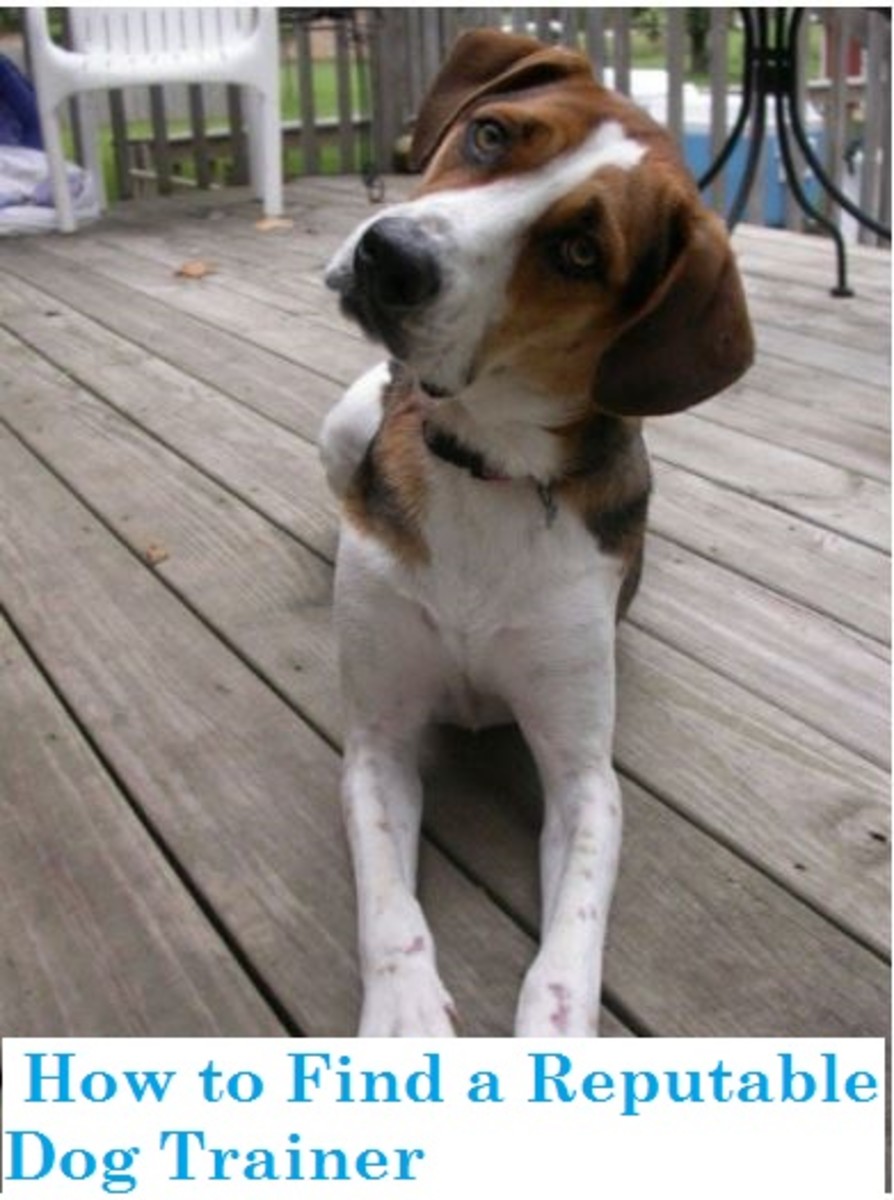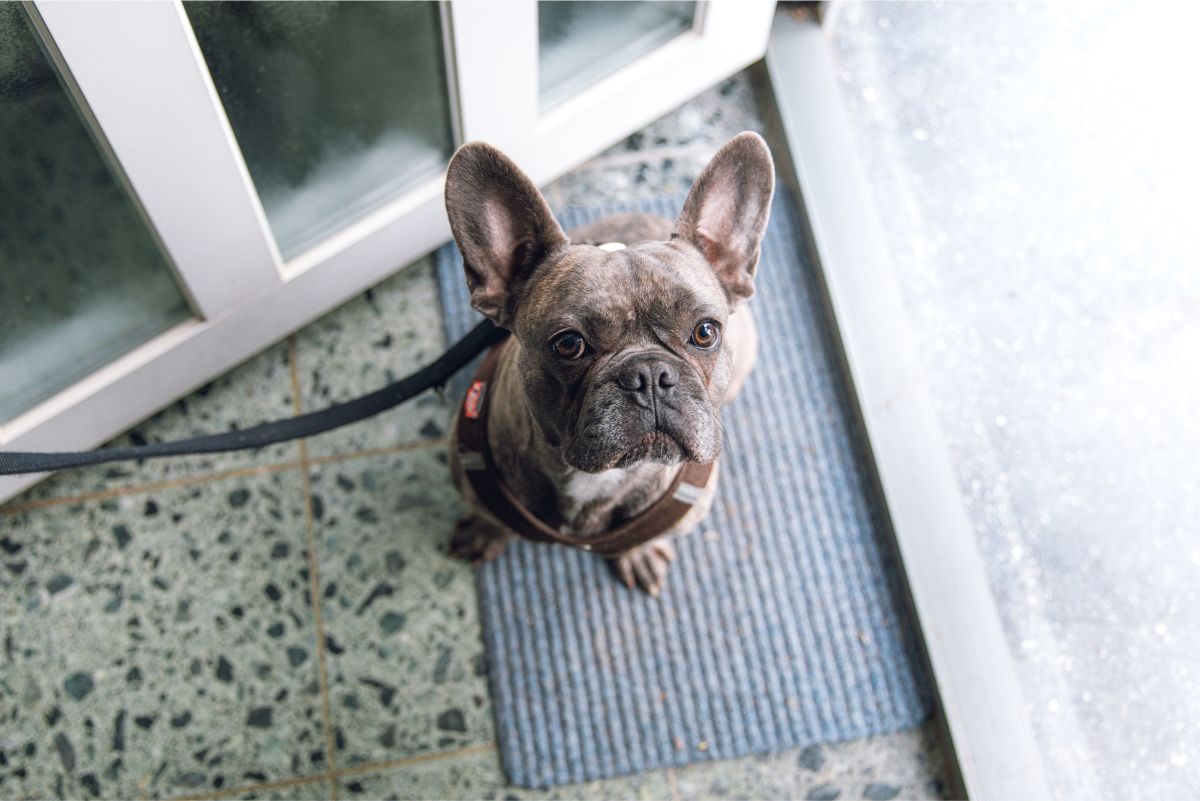Behavioral Problem Solving
Analyze the Problem
When it comes to trying to solve a behavioral problem, people think too much. They blame the dog for chewing a favorite pair of shoes out of spit when in reality the dog isn't given enough of his own toys to chew on, so he finds a replacement. Dogs don't hold grudges, they don't do things out of spite, and they aren't sorry for anything. Dogs are not capable of thoughts as complicated as those. They live in the moment and repeat behaviors that are rewarded, even if it's rewarded negatively.
When trying to fix a problem, you must first figure out what the problem is. By answering some of the following questions it may help identify the problem, when he's doing it, and what may be done to teach him an alternative behavior. You can find solutions for any behavior by analyzing it. It doesn't have to be an unwanted behavior of a dog; it could be a cat, horse, or any other animal that demonstrates an unwanted behavior.
Identify the problem. What doest the animal actually do? Write it down and describe it in as much detail as you can.
Cause. What triggers the animal to do the behavior? Is it the presence of a strange animal, the doorbell, or a new person?
Frequency. How often does the animal do the behavior? Once a minute, nonstop, every time the trigger is present, only half the time?
Consequence. What has been done to stop the behavior? What consequence results when the dog responds to the trigger?
Reinforcement history. How long has the dog been doing the behavior and what about it is reinforcing him to repeat it?
Management. What can you do to prevent the dog from practicing the behavior while you are retraining him?
By identifying the actual source of the problem, you will be able to develop a plan for retraining the dog to respond in a more appropriate way. Let everyone who takes care of the animal participate in the exercise, as well as future training sessions.
Positive Dog Training
Behavior Management
Prevention isn't training, but it can help you get rid of unwanted behaviors because you aren't allowing the dog to practice it frequently. "Management" involves putting the dog in a separate room or create when visitors come or stepping on the leash to prevent the dog from jumping. The less the dog gets to practice the wrong behavior, the less you will have to do to convince him the right behavior is more rewarding. Behavior management does not mean correcting, reprimanding, or punishing the dog.
Some people manage their dog's behavior with crates, gates, and pens; others use leashes or time outs. It doesn't matter how you manage your dog's behaviors just as long as it keeps the dog from practicing the wrong behavior. Consider the following behavior management ideas:
- Use a crate when you can't watch your dog, if he is a destructive chewer.
- Keep a leash on your dog when company visits, and put you foot on it to prevent jumping.
- Don't allow you dog off leash in public places if he doesn't come when he's called.
- Avoid other dogs if your dog is aggressive around other dogs.
- If you dog likes to escape the door, deny him access to it.
- If you dog likes to bite the mailman, don't give him access to the mailman.
- If you dog is not fully housebroken, don't allow him to be unsupervised.
Alternate Behavior
Once you've gotten to the root of the unwanted behavior, you must provide reinforcement for a behavior other than the one you don't want. Find what reinforces the undesired behavior. If the dog jumps and people yell and shove the dog off. The dog may like the attention, and the people should ignore the dog instead of reacting. By removing the source of reinforcement, a big dent is placed in the behavior. If there isn't anything going right, then the dog has too much freedom and too many options. In this case, you'll need to rethink your training techniques and make it easier for your dog to be right.
Training Problem Behaviors
Porblem Solving Tools
Every dog owner needs to know tricks to teach their dog how to live with people in a safe and relaxed manner.
EXERCISE
Playing, running, fetching, and having time with you is crucial to a dog's sanity. Dogs need at least thirty to sixty minutes a day of playtime with you or with other dogs before you consider training them. If you dog has dozens of toys but only plays with a few, consider grouping them in sets of five or ten and rotating them each week as to keep things interesting. This will keep him guessing. Make a play date with a friend's dog or hire a pet sitter to exercise your dog while you're at work, so when you come home he is ready to learn.
BASIC OBEDIENCE
Teaching your dog basic commands such as ‘Sit,' ‘Down,' and ‘Stay' is useful and can replace unwanted behaviors. Practicing basic obedience will help you and your dog relax in public because you know what to expect from each other.
SELF-CONTROL EXERCISES
Dogs don't learn self-control unless they are given chances to make their own decisions and rewarded for making good ones. Using a clicker and treats to mark and reward good behaviors is a good way to teach self-control. The clicker allows you to mark the behavior easier. The following exercises is on example of helping you dog learn the concept of self-control.
- Greet visitors with the dog on a leash.
- If the dog jumps, the visitor goes away.
- If the dog sits, the visitor stays, and you click and treat the dog.
- The dog learns by trial and error how to get the attention he wants.
- You supply the information by clicking at the appropriate time and treating the responses.
- The visitor supplies consequences for not sitting by not allowing the dog to greet her.
Learning will last longer when the dog figures out on his own what the rewardable behavior is.
The next exercise for teaching self-control helps will help your dog figure out to pay attention to you. The Attention Game is intended to teach you dog to check in with you often and to ignore distractions. They will begin to check in often and come back easily when you call because they know you are in control.
- In a quiet room, sit in a chair with you dog on a leash.
- Ignore you dog until he looks in your direction, then click and treat.
- Ignore him again until he looks back at you, then click and treat.
- Time yourself for one minute and count how many times the dog looks at you. If the dog looks at you six or more times in a minute, you are ready to add distractions.
- Repeat this again in a new place or with a distraction and repeat the one-minute test. The distraction is too intense if you dog looks at you less than twice a minute.
- Repeat this until the dog is look at you six or more times and then change the distraction again.
- If your dog doesn't look at you more than twice in a minute for several repetitions, you will probably need to move away from the distraction or go somewhere less distracting.
- Increase the quality and quantity of the rewards every once in a while to intensify the dog's response and to increase the likelihood that he will look at you more often.
- Jackpot exceptional behavior. If your dog ignores an unexpected distraction, be sure to reward him with a whole handful of treats to reinforce the good behavior.
The goal with this game is to increase the dog's attention to you. As a result, the dog is learning to block out distractions and maintain self- control.
Having techniques to help teach your dog what is expected will help make training sessions smoother and more productive.










